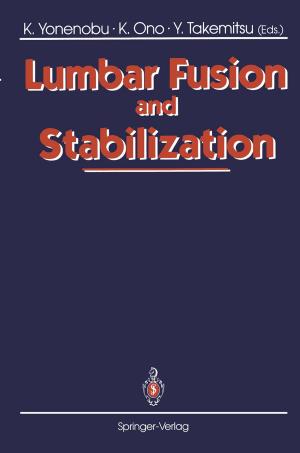Novel Insights in Agent-based Complex Automated Negotiation
Nonfiction, Computers, Advanced Computing, Artificial Intelligence, Business & Finance, Economics, Theory of Economics, General Computing| Author: | ISBN: | 9784431547587 | |
| Publisher: | Springer Japan | Publication: | May 15, 2014 |
| Imprint: | Springer | Language: | English |
| Author: | |
| ISBN: | 9784431547587 |
| Publisher: | Springer Japan |
| Publication: | May 15, 2014 |
| Imprint: | Springer |
| Language: | English |
This book focuses on all aspects of complex automated negotiations, which are studied in the field of autonomous agents and multi-agent systems. This book consists of two parts. I: Agent-Based Complex Automated Negotiations and II: Automated Negotiation Agents Competition. The chapters in Part I are extended versions of papers presented at the 2012 international workshop on Agent-Based Complex Automated Negotiation (ACAN), after peer reviews by three Program Committee members. Part II examines in detail ANAC 2012 (The Third Automated Negotiating Agents Competition), in which automated agents that have different negotiation strategies and are implemented by different developers are automatically negotiated in the several negotiation domains. ANAC is an international competition in which automated negotiation strategies, submitted by a number of universities and research institutes across the world, are evaluated in tournament style. The purpose of the competition is to steer the research in the area of bilateral multi-issue, closed negotiation. This book also includes the rules, results, agents and domain descriptions for ANAC 2011 as submitted by the organizers and finalists.
This book focuses on all aspects of complex automated negotiations, which are studied in the field of autonomous agents and multi-agent systems. This book consists of two parts. I: Agent-Based Complex Automated Negotiations and II: Automated Negotiation Agents Competition. The chapters in Part I are extended versions of papers presented at the 2012 international workshop on Agent-Based Complex Automated Negotiation (ACAN), after peer reviews by three Program Committee members. Part II examines in detail ANAC 2012 (The Third Automated Negotiating Agents Competition), in which automated agents that have different negotiation strategies and are implemented by different developers are automatically negotiated in the several negotiation domains. ANAC is an international competition in which automated negotiation strategies, submitted by a number of universities and research institutes across the world, are evaluated in tournament style. The purpose of the competition is to steer the research in the area of bilateral multi-issue, closed negotiation. This book also includes the rules, results, agents and domain descriptions for ANAC 2011 as submitted by the organizers and finalists.















